2014-19 Climate Action Plan 2.0 (CAP 2.0)
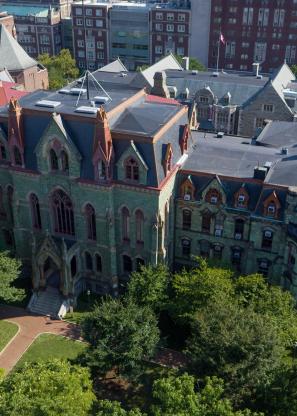
Penn's Climate Action Plan with information on actions to achieve the University's goals for 2014 to 2019.

Penn's Climate Action Plan with information on actions to achieve the University's goals for 2014 to 2019.
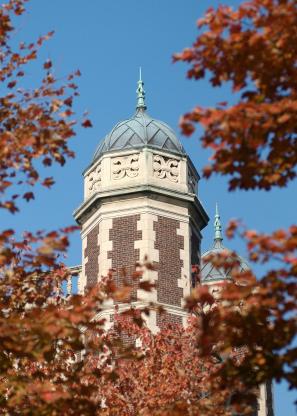
Penn's Climate Action Plan with information on actions to achieve the University's goals for 2009 to 2014.
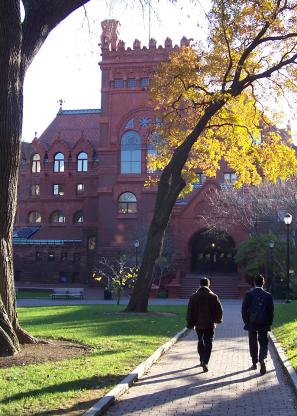
Progress on Penn's Climate Action Plan strategies for 2011.
The Green Office Certification recognizes the efforts of staff and faculty to green their daily activities by offering four levels of certification.
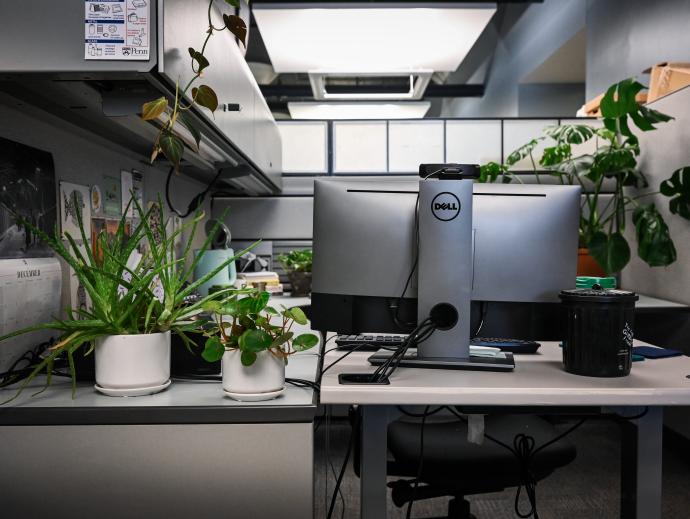
Offices represent a significant portion of Penn’s energy and material use and waste production. The Penn Sustainability Office recognizes the efforts of staff and faculty to green their daily activities by offering four levels of Green Office certification.
Certified offices report on existing activities, and implement new activities, across 7 categories: Waste, Purchasing, Energy, Water, Indoor Air Quality and Human Health, Transportation and Involvement. The more actions you implement, the higher certification level you can achieve.
Since inception of the program, 156 offices across Penn have been Green Office Certified.
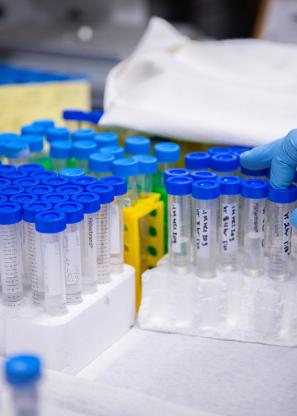
An introduction to Green Labs at Penn.
For an introduction to the Green Labs program, visit the Green Labs Workday Learning Course
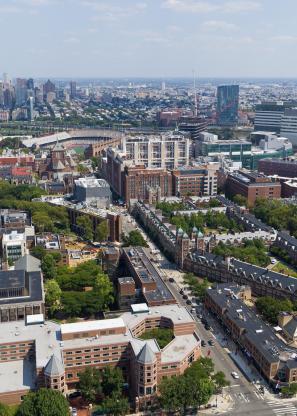
A land use and urban design strategy for the University.
A land use and urban design strategy with a 30-year horizon to advance Penn as a premier urban research university. Read Penn Connects

Preserving history while embracing sustainable design is the cornerstone of Penn’s approach to its built environment. Taking an ecological framework to how we renovate, reuse, and build structures keeps sustainability at the forefront of development. We will continue to create and maintain a sustainable campus by reducing building energy consumption and expanding the use of sustainable design.
Penn Connects, our campus development plan, takes sustainability into account for all new projects and renovations. From the adaptive reuse of historic buildings to cutting-edge research facilities, everything that flows through Penn Connects becomes an important part of our sustainability movement.
Every new construction and major renovation project targets a Leadership in Energy and Environmental Design (LEED) Silver rating or higher. Beyond Silver as our minimum standard, Penn also encourages sustainable design and innovation in all of our built environment projects, from our bird-friendly design to our green guidelines for renovations.